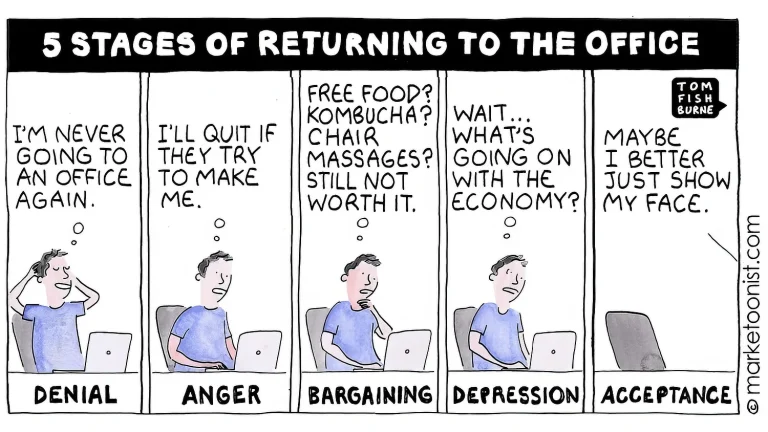A recent KPMG survey reveals a striking global trend: 83% of CEOs anticipate a full return to office work within the next three years, a sharp increase from 64% just a year ago. While this shift is particularly prominent among older, male CEOs, it signals a potential move away from the flexible work arrangements that many employees have come to value.
Could Australian CEOs Follow Suit?
With 79% of U.S. CEOs expecting a return to full-time office work, 17% envisioning a hybrid model, and only 4% predicting a continuation of fully remote work, it raises questions about how Australian CEOs will navigate the future of workplace dynamics. The current trend in the U.S. and Canada shows employees averaging 3.1 days in the office weekly, and major corporations like Amazon are enforcing in-person attendance policies. This sets the stage for a global ripple effect, potentially influencing Australian companies to reconsider their own workplace strategies.
Balancing Business Objectives and Employee Preferences
Despite the optimism for a return to traditional office environments, KPMG warns of a disconnect between CEO expectations and employee preferences. As seen in global trends, many employees prioritize flexibility and work-life balance, creating a potential clash with the push for in-office mandates. For Australian leaders, this presents a crucial challenge: how to balance organizational goals with the evolving desire for autonomy and flexibility in the workforce.
To effectively navigate these changes, fostering open communication and understanding employee needs will be essential for maintaining productivity and morale. As the landscape of work continues to evolve, the decisions of Australian CEOs in the coming years will significantly shape the future of work-life balance and corporate culture across the country.
(Adapted from “Most CEOs expect full return-to-office in 3 years: KPMG | CFO Dive”)
Article ref: Most CEOs expect full return-to-office in 3 years: KPMG | CFO Dive



